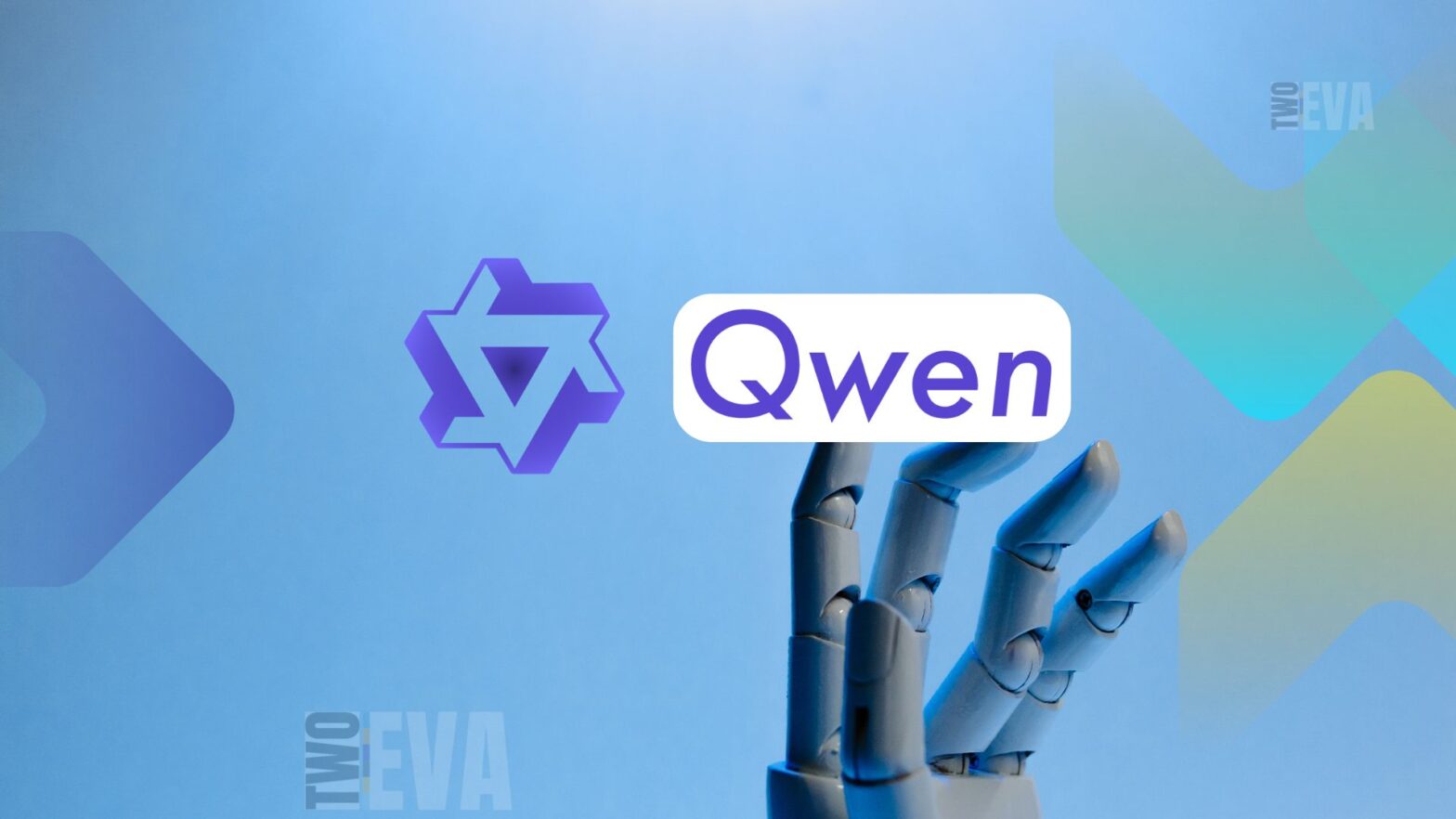Alibaba has launched Qwen3, its third-generation open-source artificial intelligence model family, marking a significant step in the company’s efforts to compete with leading global AI models. The Qwen3 series comprises eight models, ranging from 600 million to 235 billion parameters, and employs a combination of dense and mixture-of-experts (MoE) architectures.
What sets Qwen3 apart from its competitors? The answer lies in its innovative hybrid reasoning feature. This unique capability allows users to switch between “faster, non-reasoning outputs” and “slower, deeper reasoning” depending on the task at hand. For instance, when quick information retrieval is needed, users can utilize the model’s streamlined mode. Conversely, for complex coding or mathematical tasks requiring multi-step reasoning, the deeper reasoning mode can be activated, albeit with higher processing requirements.
This flexibility is crucial for enterprise users and developers who face diverse application needs and varying computational budgets. According to Alibaba’s benchmark evaluations, Qwen3 models either match or outperform rival systems in tasks such as instruction following, code generation, mathematical problem-solving, and complex reasoning.
A Multilingual Powerhouse
Qwen3’s linguistic capabilities are equally impressive. The models support 119 languages and have been trained on a massive 36-trillion-token dataset, which includes textbooks, code repositories, QA data, and synthetic AI-generated material. This extensive language support makes Qwen3 particularly valuable for global enterprises and researchers working in multilingual, multicultural contexts.
Open-Source Strategy and Global Impact
Alibaba’s decision to open-source most of the Qwen3 models and make them available on platforms like Hugging Face and GitHub has far-reaching implications for the global AI community. This move democratizes access to powerful AI technology, enabling researchers, developers, and startups worldwide to experiment, fine-tune, and deploy cutting-edge models without prohibitive costs.
The impact of this open-source strategy is already evident. The Qwen ecosystem has become the world’s largest open-source AI model community, surpassing even Meta’s Llama family in terms of derivative models and downloads. With over 300 million global downloads and 100,000 derivative models developed by the community, Qwen3 is accelerating innovation beyond Alibaba’s own products.
Competitive Landscape
How does Qwen3 stack up against other leading LLMs? Benchmark tests cited by Alibaba and third-party analysts suggest that Qwen3’s top-tier models, such as Qwen3-235B and Qwen3-4B, either match or exceed the performance of DeepSeek R1 and leading Western models like OpenAI‘s o1 and Google’s Gemini across key domains.
Notably, even the smaller Qwen3-4B reportedly rivals the much larger Qwen2.5-72B-Instruct’s performance, while Qwen3-235B achieves top scores in advanced benchmarks. This competitive edge, combined with Alibaba’s open-source approach, stands in contrast to many Western counterparts that restrict access to their most capable models.
Applications and Target Users
Qwen3 has already found its way into Alibaba‘s own AI-powered applications, notably powering their AI super assistant, Quark. The model family’s scalable sizes cater to a wide range of users, from individual developers and academic researchers to large enterprises. Its versatility makes it suitable for applications in code generation, mathematical computation, e-commerce, content creation, and more.
The launch of Qwen3 comes at a time of intense rivalry in the AI field, particularly following the debut of Chinese large language models like DeepSeek R1 in January 2025. Alibaba’s prior model, Qwen2.5, had already established significant momentum, with over 100,000 derivative models built on its foundation.
Qwen3 builds on these achievements by offering improvements in reasoning, speed, and linguistic range. This release not only underscores Alibaba’s ambition to challenge Western AI giants but also highlights China’s growing influence and technical capacity in advanced, open-source AI development.
As the AI landscape continues to evolve rapidly, Qwen3’s hybrid reasoning approach, multilingual capabilities, and open-source strategy position Alibaba as a key player in the global AI race. The company’s commitment to flexibility, openness, and performance against both local Chinese and global competitors sets the stage for an exciting new chapter in AI innovation and collaboration.


















